1,5-DIMETHYLNAPHTHALENE
- CAS NO.:571-61-9
- Empirical Formula: C12H12
- Molecular Weight: 156.22
- MDL number: MFCD00004038
- EINECS: 209-338-5
- SAFETY DATA SHEET (SDS)
- Update Date: 2024-12-18 14:08:57

What is 1,5-DIMETHYLNAPHTHALENE?
The Uses of 1,5-DIMETHYLNAPHTHALENE
1,5-Dimethylnaphthalene is a polycyclic aromatic hydrocarbon that has been used in the study of structure-based QSAR model on cytochrome P450 2A6 inhibitors.
Definition
ChEBI: 1,5-dimethylnaphthalene is a dimethylnaphthalene.
Synthesis Reference(s)
Canadian Journal of Chemistry, 47, p. 2837, 1969 DOI: 10.1139/v69-470
Purification Methods
Crystallise it from 85% aqueous EtOH. [Beilstein 5 IV 1709.]
Properties of 1,5-DIMETHYLNAPHTHALENE
| Melting point: | 77-82 °C(lit.) |
| Boiling point: | 265-266 °C(lit.) |
| Density | 1.0464 (estimate) |
| refractive index | 1.5956 (estimate) |
| Flash point: | 265-266°C |
| form | powder to crystal |
| color | White to Orange to Green |
| Water Solubility | 2.74mg/L(25 ºC) |
| BRN | 2039843 |
| CAS DataBase Reference | 571-61-9(CAS DataBase Reference) |
| EPA Substance Registry System | 1,5-Dimethylnaphthalene (571-61-9) |
Safety information for 1,5-DIMETHYLNAPHTHALENE
| Signal word | Warning |
| Pictogram(s) |
 Exclamation Mark Irritant GHS07 |
| GHS Hazard Statements |
H315:Skin corrosion/irritation H319:Serious eye damage/eye irritation |
| Precautionary Statement Codes |
P264:Wash hands thoroughly after handling. P264:Wash skin thouroughly after handling. P280:Wear protective gloves/protective clothing/eye protection/face protection. |
Computed Descriptors for 1,5-DIMETHYLNAPHTHALENE
New Products
Tert-butyl bis(2-chloroethyl)carbamate (S)-3-Aminobutanenitrile hydrochloride N-Boc-D-alaninol N-BOC-D/L-ALANINOL N-octanoyl benzotriazole 4-Hydrazinobenzoic acid 3,4-Dibenzyloxybenzaldehyde 1,1’-CARBONYLDIIMIDAZOLE R-2-BENZYLOXY PROPIONIC ACID 1,1’-CARBONYLDI (1,2-4 TRIAZOLE) 4-HYDROXY BENZYL ALCOHOL 3-NITRO-2-METHYL ANILINE (2-Hydroxyphenyl)acetonitrile 4-Bromopyrazole 5-BROMO-2CYANO PYRIDINE 5,6-Dimethoxyindanone 5-broMo-2-chloro-N-cyclopentylpyriMidin-4-aMine 4-methoxy-3,5-dinitropyridine 2-(Cyanocyclohexyl)acetic acid 2-aminopropyl benzoate hydrochloride 1-(4-(aminomethyl)benzyl)urea hydrochloride tert-butyl 4- (ureidomethyl)benzylcarbamate diethyl 2-(2-((tertbutoxycarbonyl)amino) ethyl)malonate Ethyl-2-chloro((4-methoxyphenyl)hydrazono)acetateRelated products of tetrahydrofuran
![DIBENZO[A,I]PYRENE[5,8]QUINONE](https://img.chemicalbook.in/CAS/GIF/3302-52-1.gif)

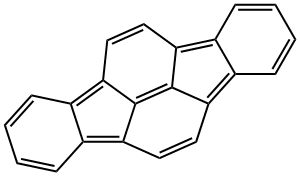
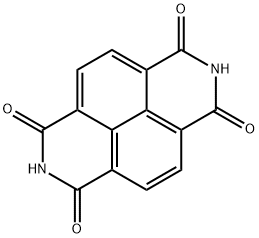
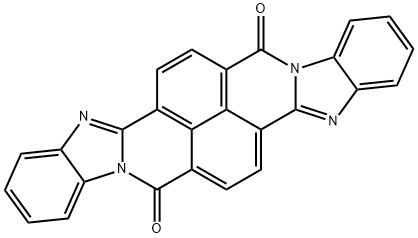
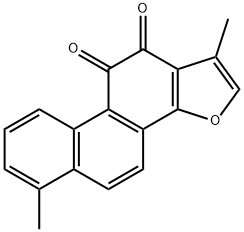
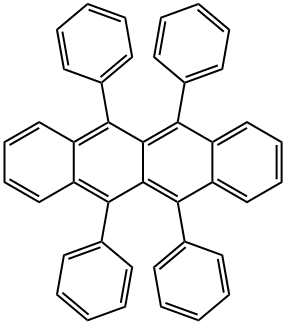

You may like
-
 1,5-Dimethylnaphthalene CAS 571-61-9View Details
1,5-Dimethylnaphthalene CAS 571-61-9View Details
571-61-9 -
 55441-95-7 99%View Details
55441-95-7 99%View Details
55441-95-7 -
 N-Vinylformamide 99%View Details
N-Vinylformamide 99%View Details
13162-05-5 -
 Chloro Uracil 1820-81-1 99%View Details
Chloro Uracil 1820-81-1 99%View Details
1820-81-1 -
 207557-35-5 99%View Details
207557-35-5 99%View Details
207557-35-5 -
 2-ethyl-6-methyl-3-hydroxypyridine succinate 99%View Details
2-ethyl-6-methyl-3-hydroxypyridine succinate 99%View Details
127464-43-1 -
 2-ETHYLPYRIDINE 100-71-0 99%View Details
2-ETHYLPYRIDINE 100-71-0 99%View Details
100-71-0 -
 181228-33-1 (S)-Methyl 3-amino-2-((tert-butoxycarbonyl)amino)propanote Hydrochloride (DAP-OMe. HCl) 99%View Details
181228-33-1 (S)-Methyl 3-amino-2-((tert-butoxycarbonyl)amino)propanote Hydrochloride (DAP-OMe. HCl) 99%View Details
181228-33-1
Statement: All products displayed on this website are only used for non medical purposes such as industrial applications or scientific research, and cannot be used for clinical diagnosis or treatment of humans or animals. They are not medicinal or edible.